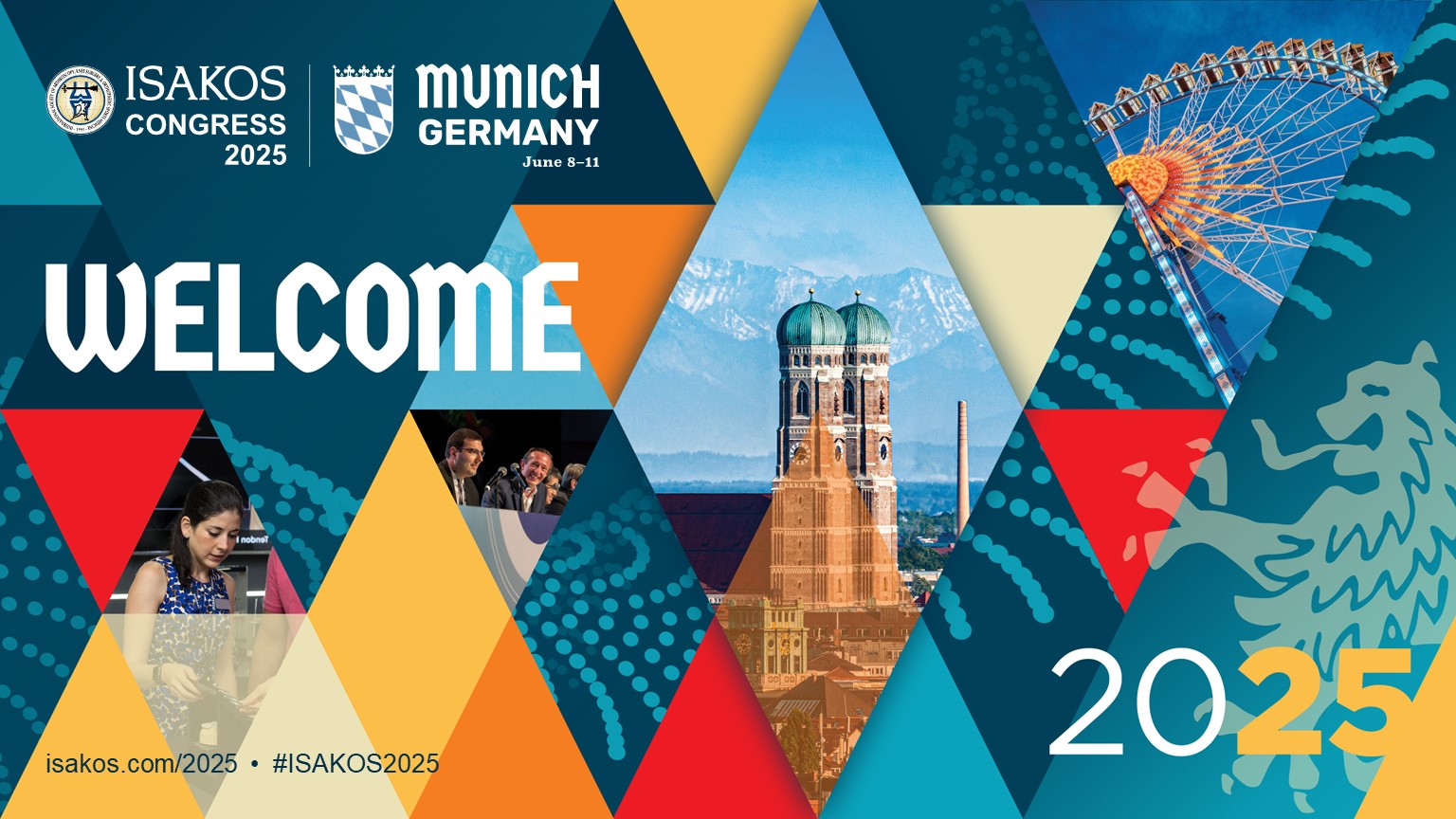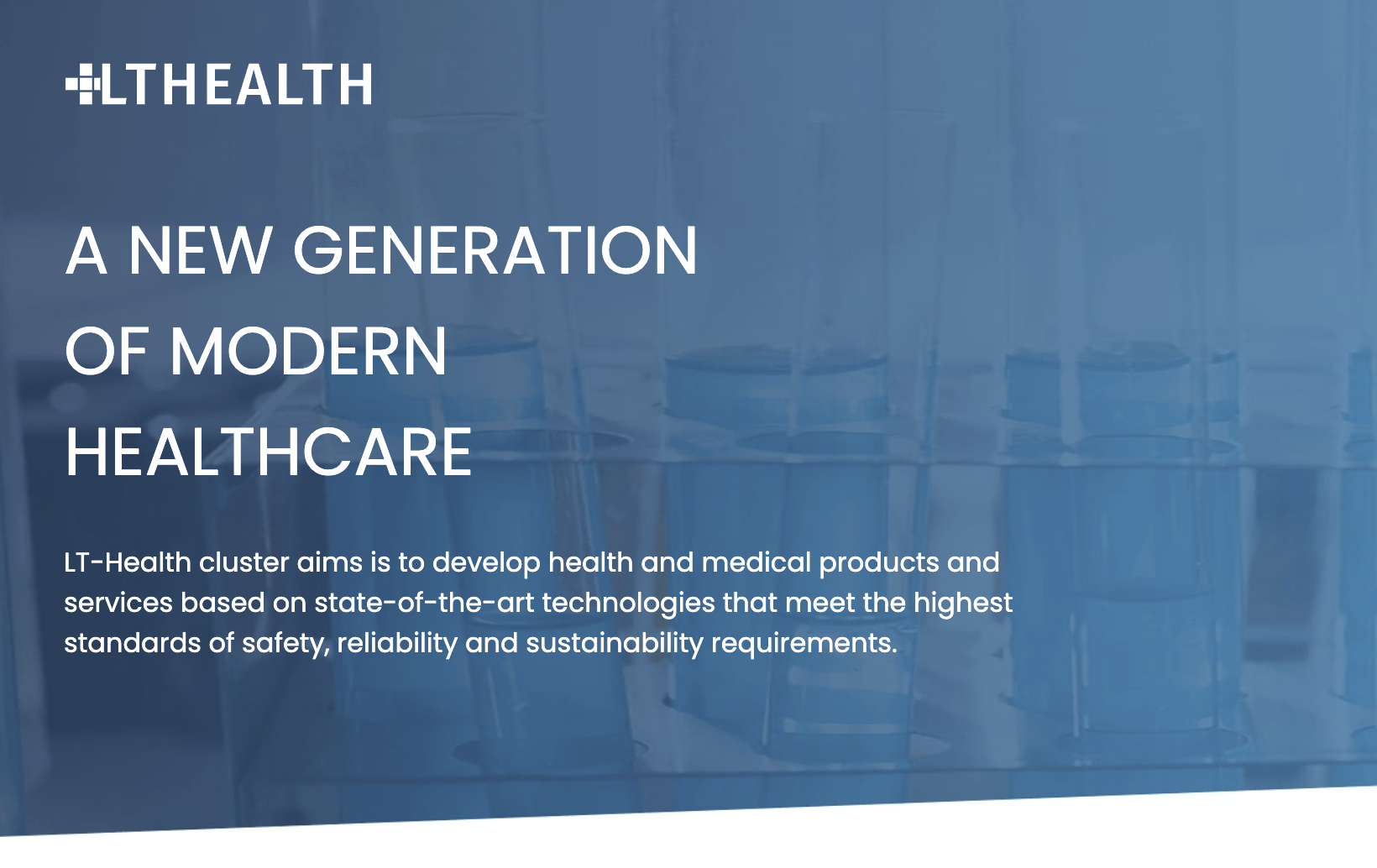Introduction: The Evolution of Knee Laxity Arthrometers
Knee laxity arthrometers have revolutionized the way orthopedic professionals diagnose and manage knee ligament injuries. Crucial in assessing the integrity of the anterior cruciate ligament (ACL), these devices provide invaluable insights without the need for invasive procedures.
Initially popularized in the 1970s with the advent of the KT1000, a tool that set the standard in ACL assessment, the field has evolved significantly. While the decision to buy a KT1000 was once a standard choice, today, we witness a new era in precision, automation, and comprehensive knee evaluations with advanced arthrometers like the GNRB® and DYNEELAX®.
This article will explore the journey from the traditional KT1000/KT2000 to the modern, sophisticated devices that are shaping the future of orthopedic diagnostics and treatment.
1) Historical Context of KT1000/KT2000

The legacy of knee laxity arthrometers begins with the KT1000, a groundbreaking device introduced in the 1970s in the United States. As the first of its kind, the KT1000 offered orthopedic professionals a novel, non-invasive method to objectively assess the anterior cruciate ligament (ACL), a crucial advancement in the field. Its popularity and utility quickly established it as the gold standard in ACL diagnostics.
In response to the success of the KT1000 and the increasing integration of computer technology in medical diagnostics, a more advanced version, the KT2000, was developed. This iteration enhanced the capabilities of its predecessor, offering more precise measurements and incorporating computerized data analysis, further cementing its place in orthopedic clinics worldwide.
Despite their widespread acclaim and utility, both the KT1000 and KT2000, like all technology, eventually faced the limitations of their time. Production of these units ceased in 2015, marking the end of an era but also paving the way for new advancements in the field of knee arthrometry.
This historical foundation set by the KT1000/KT2000 is pivotal in understanding the evolution and significance of modern knee laxity arthrometers. Their legacy underscores the continual need for innovation in medical technology, a principle that has guided the development of more advanced arthrometers like the GNRB® and DYNEELAX®.
2) Emergence of GNRB and DYNEELAX: Why Buy A KT1000 When You Can Get A Robotic Arthrometer?
The evolution of knee laxity arthrometers took a significant leap forward with the introduction of the GNRB® in 2007. Developed by Genourob, the GNRB marked a major milestone as the world’s first automated arthrometer for ACL assessment. This innovation represented a shift from manual assessments to a more precise, automated approach. The GNRB’s technology automated the traditional drawer test, offering a level of precision and reproducibility previously unattainable.

In 2020, the field of knee arthrometry was further advanced with the release of DYNEELAX. This arthrometer introduced the capability to perform both tibial translation and rotation assessments with a single device, a breakthrough in the field. Prior to DYNEELAX, two separate tools were required for these assessments, making this an important step in enhancing both accuracy and efficiency in knee stability evaluations.
The emergence of GNRB® and DYNEELAX® has redefined the landscape of knee arthrometry. Their advanced features and capabilities have set new standards, providing orthopedic professionals with tools that are not only more precise but also more versatile in assessing knee ligament stability.
3) Comparative Analysis:
In the landscape of knee laxity arthrometers, understanding the differences between the KT1000, GNRB, and DYNEELAX is crucial for medical professionals. Here’s a comparative analysis highlighting their key features:
1) Movement Type:
- KT1000: Primarily measures translation.
- GNRB: Automates the drawer test for translation assessment.
- DYNEELAX: Offers both rotation and translation measurements, a significant advancement over the KT1000.
2) Testing Method:
- KT1000: Static testing with displacement data at a specific force.
- GNRB/DYNEELAX: Dynamic testing with force/displacement curves, providing a more comprehensive analysis.
3) Data Collection and Analysis:
- KT1000: Manual tightening and displacement assessments, making results somewhat user-dependent.
- GNRB/DYNEELAX: Automated sensor-based data collection, ensuring precision and reducing user dependency.
4) Device Positioning and Force Application:
- KT1000: Lacks detailed data on foot positioning and applies force manually.
- GNRB/DYNEELAX: Incorporates rulers for foot positioning and utilizes software for controlled force application.
5) Clinical Applications:
- KT1000: Mainly used pre-surgery due to limitations in force application.
- GNRB/DYNEELAX: Suitable for both pre-surgery and post-surgery assessments, offering versatility and safety in post-operative evaluations.
Additional Study Insights:
1) Partial ACL Rupture Diagnosis:
- KT1000: Historically used for ACL assessment, but less effective in detecting partial ACL ruptures. Studies point out limitations in the KT1000, particularly in its ability to diagnose partial ACL tears and in post-operative monitoring. It lacks the sensitivity and specificity found in the GNRB, especially for partial tears (Read Scientific Review – DOI: 10.1007/s00167-011-1869-2)
- GNRB/DYNEELAX: Théo Cojean’s 2023 study revealed the GNRB’s superiority over MRI (DOI: 10.1016/j.knee.2023.03.017) and the KT1000 (DOI: 10.1007/s00167-011-1869-2) in detecting partial ACL tears, showcasing its higher sensitivity in such cases
- Implication: The GNRB/DYNEELAX are recommended as a complementary tools for more accurate diagnosis of partial ACL tears, especially in complex cases where traditional methods like MRI or KT1000 might fall short.
2) Post-Operative Rehabilitation Monitoring:
- KT1000: This tool, being manual in nature, poses certain risks in the post-operative phase. Its reliance on the strength and technique of the examiner can lead to inconsistent force application, potentially endangering the healing graft. This limitation makes the KT1000 less suitable for post-surgical assessments where precise and gentle handling is crucial.
- GNRB/DYNEELAX: GNRB/DYNEELAX: In stark contrast, the GNRB/DYNEELAX, with its automated and controlled testing process, ensures consistent and safe assessments. This is vital in the delicate post-operative period, as highlighted by Nouveau’s 2017 study, where accurate monitoring of graft compliance and stability is essential for successful rehabilitation. The Forelli study (2023) further supports this, emphasizing the importance of using reliable tools such as a robotic laximeter for graft laxity assessment, particularly for return-to-play decisions in sports. This study shows the potential of a laximeter to provide objective data, crucial for assessing graft healing over time, and underscores the importance of precise measurements in managing the risk of re-injury. Additionally, the Semay study (2016) offers valuable insights into the evolution of tibiofemoral anterior laxity during the return to sport after anterior cruciate ligament reconstruction. By using the GNRB system, this study revealed significant changes in anterior-posterior laxity between 9 and 12 months post-operatively, highlighting the tool’s effectiveness in monitoring ligament laxity, which is a key factor in determining the right time for athletes to resume sports activities.
- Implication: The GNRB/DYNEELAX’s dynamic assessment capabilities make it invaluable for early detection of graft compliance issues, influencing the success of ACL reconstruction recovery.
This comparative analysis reveals the advancements in knee arthrometry technology from the KT1000 to the more sophisticated GNRB® and DYNEELAX®, showcasing improvements in precision, automation, and clinical applicability.

4) Modern Relevance and Application: GNRB and DYNEELAX
The GNRB® and DYNEELAX® arthrometers are highly relevant in contemporary orthopedic practice due to their advanced diagnostic and rehabilitation capabilities.
Enhanced Diagnostic Accuracy:
- GNRB/DYNEELAX: Offer advanced diagnostic capabilities, particularly in detecting partial ACL ruptures, with studies showing superior sensitivity compared to traditional methods like MRI and the KT1000.
- DYNEELAX: Adds rotational laxity and compliance measurements, essential for a comprehensive ACL injury diagnosis, as demonstrated in Cojean’s 2023 study.
Crucial in Rehabilitation Monitoring:
- GNRB: Plays a critical role in monitoring ACL graft compliance during rehabilitation, influencing customized recovery plans.
- DYNEELAX: Its ability to assess both tibial translation and rotation is crucial in post-operative rehabilitation, offering detailed biomechanical insights for optimizing rehabilitation protocols
Wider Clinical Application:
- Both GNRB and DYNEELAX are suitable for pre-surgery evaluations and post-surgery follow-ups, making them versatile tools in the orthopedic field.
Integration in Clinical Practice:
- Their incorporation into standard clinical practice offers a comprehensive view of knee stability, supporting surgeons and therapists in decision-making regarding treatment and rehabilitation.
The GNRB® and DYNEELAX® represent significant advancements in knee laxity assessment, offering modern solutions that align with the evolving needs of orthopedic diagnostics and patient care.
Conclusion: The Future of Knee Laxity Assessment with GNRB and DYNEELAX
The realm of orthopedic diagnostics and treatment has been profoundly transformed with the introduction of advanced knee laxity arthrometers, particularly the GNRB® and DYNEELAX®. These devices have not only enhanced the precision in diagnosing knee injuries but have also revolutionized the approach towards post-operative rehabilitation and patient care.
Medical References (Link in DOI)
- Cojean, T. (2023). MRI vs. GNRB in ACL Injuries Detection: A Comparative Study. Journal of Orthopedic Research and Therapy (DOI: 10.1016/j.knee.2023.03.017).
- Cojean, T. (2023). Sensitivity, Repeatability, and Reproducibility Study with a Leg Prototype of a Recently Developed Knee Arthrometer Dyneelax. Journal of Biomechanics (DOI: 10.1016/j.medntd.2023.100254).
- Magdic, J. (2023). Intra-rater Reliability of the Knee Arthrometer GNRB. Journal of Clinical Orthopedics (DOI: 10.1016/j.jor.2023.03.016).
- Ryu, S.M. (2018). Diagnostic Tools for Acute Anterior Cruciate Ligament Injuries: A Comparative Analysis. Korean Journal of Sports Medicine (DOI: 10.1016/j.arthro.2018.11.055).
- Nouveau, S., Robert, H., & Viel, T. (2017). ACL Grafts Compliance During Time: Influence of Early Solicitations on the Final Stiffness of the Graft after Surgery. Journal of Orthopedic Research and Physiotherapy (DOI: 10.24966/ORP-2052/100035).
- Collette, M., Courville, J., Forton, M., & Gagnière, B. (2012). Objective Evaluation of Anterior Knee Laxity: Comparison of the KT-1000 and GNRB Arthrometers. Knee Surgery, Sports Traumatology, Arthroscopy (DOI: 10.1007/s00167-011-1869-2)
- Semay, B., Rambaud, A., Philippot, R., & Edouard, P. (2016). Evolution of the Anteroposterior Laxity by GNRB at 6, 9, and 12 Months Post-Surgical Anterior Cruciate Ligament Reconstruction. DOI: 10.1016/j.rehab.2016.07.045.
- Forelli (2023). After Surgery Rehab Post-Op. International Journal of Sports Physical Therapy. Submitted: October 10, 2022. Accepted: January 15, 2023. DOI: 10.26603/001c.73031.






